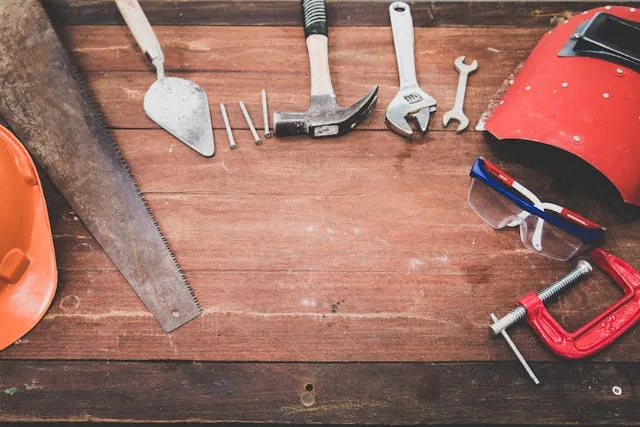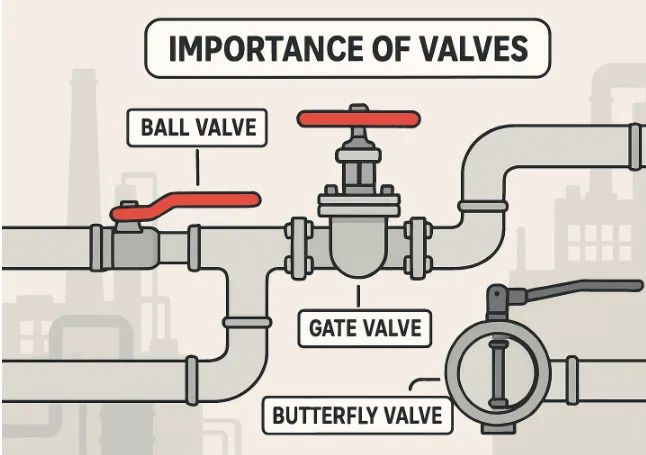Essential Maintenance Tips for Stucco Homes
Introduction
Stucco homes offer a timeless, attractive blend of durability and curb appeal, making them a preferred choice for homeowners in various climates. However, maximizing the benefits of stucco requires regular upkeep and proactive care. By understanding the best ways to maintain stucco exteriors, homeowners can prevent damage and ensure their property continues to look its best. To further extend the lifespan of your stucco, relying on proven professionals like Engel Coatings can ensure your home enjoys the highest level of protection and quality.
Also Read: Efficient Travel Organization with Smart Packing and Storage Solutions
Routine maintenance is fundamental in keeping both the appearance and structure of stucco intact. Whether you’re an experienced DIYer or exploring professional assistance, recognizing key maintenance steps helps avoid costly repairs down the line. This guide will walk you through practical steps from inspection to seasonal care, empowering you to manage your stucco exterior with confidence.
Regular Inspections
Conducting consistent inspections of your stucco exterior is a key pillar in early damage prevention. Walk the perimeter of your home at least twice a year, looking for issues like cracks, chips, stains, or areas where the stucco appears to be separating. Early identification of small flaws can save you from more extensive and expensive damage later. Pay close attention to locations near windows, doors, gutters, and the home’s foundation—these spots are most susceptible to moisture intrusion and impact-related cracks.
If you notice dark streaks or efflorescence—a powdery, white substance—these could indicate water seepage beneath the surface. Document any problematic areas so you can monitor changes and tackle repairs promptly.
Cleaning Stucco Surfaces
Stucco’s textured surface can harbor dirt, mold, and mildew, which detracts from your home’s visual appeal and, if left untreated, weakens the material. Cleaning your stucco annually or biannually can safeguard its fresh appearance.
- Start by using a garden hose and a soft-bristle brush to wash away dust and grime gently.
- Mix a mild detergent with warm water for areas that need more attention and lightly scrub stubborn stains.
- Rinse thoroughly with clean water, avoiding overly vigorous brushing that could erode the stucco surface.
Refrain from using high-pressure washers, as they may dislodge the stucco and force water behind walls, leading to internal damage.
Addressing Cracks Promptly
Small cracks can allow water to penetrate beneath the stucco, compounding damage over time. When repairing minor cracks, brush out loose debris and apply a stucco crack filler or patching compound designed for exterior use. Follow the product instructions closely to achieve a seamless, weather-resistant finish. For larger cracks or widespread damage, it’s essential to consult a qualified contractor who can determine if the underlying structure is at risk.
According to Bob Vila, ignoring cracks—even tiny hairline ones—can eventually lead to costly repairs involving substrate or framing replacement.
Proper Painting Techniques
Beyond aesthetics, painting your stucco exterior provides a vital shield against humidity and environmental wear. For best results:
- Choose a high-quality, breathable masonry or elastomeric paint. These allow vapor to escape while protecting the surface from moisture penetration.
- Ensure the stucco is completely clean and dry before applying paint, which will improve adhesion and prevent bubbling.
- Apply at least two even coats for optimal coverage and durability.
Regular painting refreshes stucco’s color and boosts resistance to UV rays, pollution, and weather.
Protecting Against Moisture
Moisture is one of stucco’s greatest threats. Ensuring proper drainage around your home is essential—check that the ground slopes away from foundations and that downspouts and gutters are clear to prevent overflow. Sealing the edges where stucco meets windows, doors, or flashing with flexible exterior caulk keeps out unwanted water.
Inspect caulking annually and reapply as needed to maintain a tight seal. Colonization by mold or algae may signal deeper moisture issues and requires prompt investigation.
Seasonal Maintenance
Seasonal changes bring unique stresses to stucco. In cold environments, freeze-thaw cycles can widen existing cracks; in humid climates, persistent rain may promote mold. Before winter, inspect for and repair any damage to reduce the risk of expansion from freezing. During spring and fall, clean the stucco thoroughly, look for new stains or splotches, and confirm exterior drainage is working properly. These routine habits go a long way in extending your stucco’s lifespan.
Seeking Professional Assistance
Not all repairs are suitable for DIY approaches. Extensive cracking, delamination, or color matching often requires a professional touch to renew the structure’s integrity and cohesiveness. Trusted stucco contractors can diagnose hidden issues and perform high-quality repairs, restoration, or upgrades. For complex projects or when in doubt, it’s wise to enlist professional help and ensure long-term protection.
Conclusion
A proactive approach to stucco maintenance ensures your home remains beautiful, durable, and structurally sound for decades. Scheduled inspections, gentle cleaning, careful repair, and regular paint refreshes will preserve the exterior’s integrity and charm. Engaging experts like Engel Coatings further safeguards your investment, offering peace of mind and lasting value for your home.







